High pressure stainless steel reactor are robust and versatile vessels used in various industries for conducting chemical reactions under controlled conditions. These reactors offer exceptional durability, resistance to corrosion, and the ability to withstand high pressures, making them ideal for demanding applications. In this article, we will explore the features, benefits, and applications of high pressure stainless stirred reactors. We will also present a case study highlighting their role in a real-world chemical process.
I. Understanding High Pressure Stainless Steel Reactor
A. Overview and Design
High pressure stainless stirred reactors are designed to accommodate chemical reactions requiring elevated pressures, typically ranging from several hundred to several thousand psi. These reactors feature a cylindrical vessel made of stainless steel, chosen for its excellent mechanical properties, chemical inertness, and resistance to high temperatures and corrosive substances.
B. Stirring Mechanism
To ensure proper mixing and efficient heat transfer during reactions, these reactors are equipped with a stirring mechanism. This mechanism typically consists of an impeller or a set of baffles, driven by a motor, which promotes thorough mixing of reactants and enhances mass transfer.
C. Pressure Control and Safety Features
High pressure stirred reactors incorporate advanced pressure control systems to maintain the desired operating conditions. These systems include pressure gauges, safety relief valves, and interlocking mechanisms, ensuring safe operation and preventing catastrophic failures.
D. Scalability and Industrial Applications
High-pressure stainless steel reactors are designed with scalability in mind, allowing for easy transition from laboratory-scale to industrial-scale operations. The same principles and design features can be applied to reactors of varying sizes, ensuring consistency in performance and facilitating the smooth scale-up of processes. This scalability makes high-pressure stainless steel reactors ideal for industrial applications, where larger volumes and higher production rates are required.
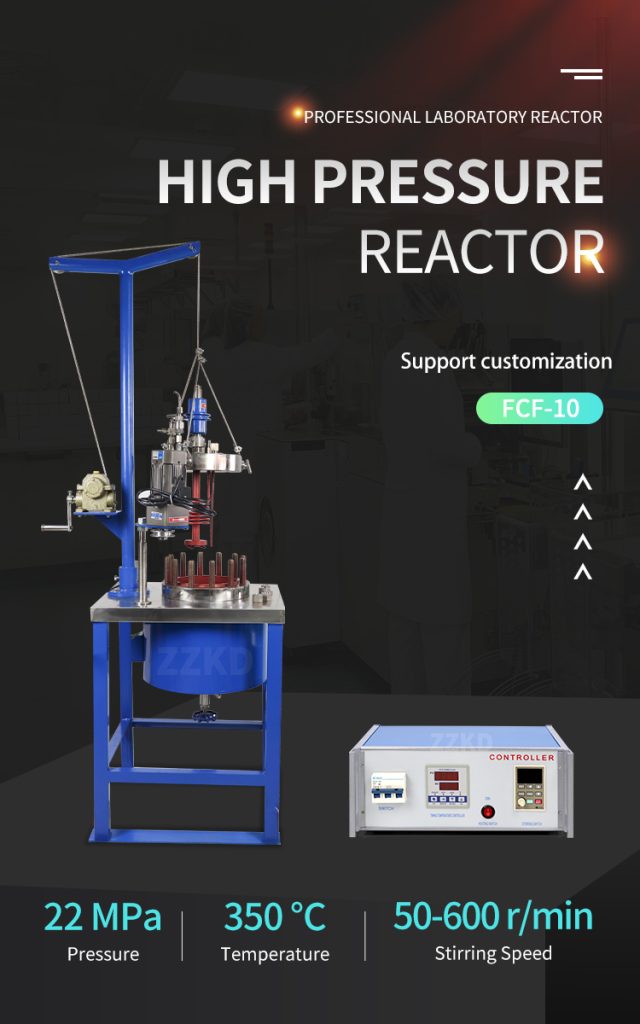
II. Applications of High Pressure Stainless Steel Reactor
A. Hydrogenation and Catalytic Reactions
High pressure stainless steel reactor are indispensable for hydrogenation and catalytic reactions. These reactors excel in providing the elevated pressures necessary to achieve desired conversion rates and selectivity. Industries ranging from pharmaceuticals to specialty polymers rely on these reactors for the production of valuable chemicals. The reactors’ robust construction and precise pressure control ensure efficient hydrogenation and catalysis, enabling the synthesis of pharmaceutical intermediates, fine chemicals, and specialty polymers. With their ability to withstand high pressures and promote optimal reaction conditions, high pressure stainless stirred reactors drive innovation and progress in the field of chemical manufacturing.
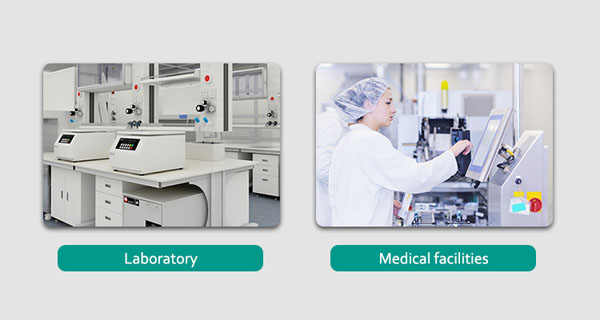
B. Polymerization Processes
High pressure stainless steel reactor are instrumental in polymerization processes, ensuring efficient synthesis of polymers. These reactors promote the dispersion of monomers, facilitating uniformity and promoting chain propagation. Industries such as plastics, adhesives, and coatings rely on these reactors for the production of polymers with tailored molecular weights and structures. The reactors’ ability to withstand high pressures and provide precise temperature control allows for the synthesis of polymers from monomers with low solubility or reactivity. With their robust construction and stirring mechanisms, high pressure stainless stirred reactors play a crucial role in advancing polymer science and meeting the diverse needs of various industries.
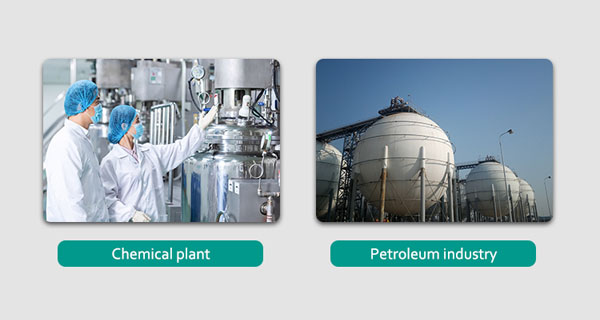
C. Supercritical Fluid Extraction
High pressure stainless steel reactor facilitate efficient compound extraction using supercritical fluids. Industries benefit from this technique as it allows for selective extraction of desired components. In pharmaceuticals, it enables the extraction of active pharmaceutical ingredients from natural sources or the purification of synthetic compounds. The food industry utilizes it for decaffeination, essential oil extraction, and removing contaminants. In the natural product industry, it provides an environmentally friendly method for extracting valuable compounds from botanical sources. The reactors’ precise pressure and temperature control ensures optimal extraction conditions, while their robust design ensures safe and reliable operation in industrial applications
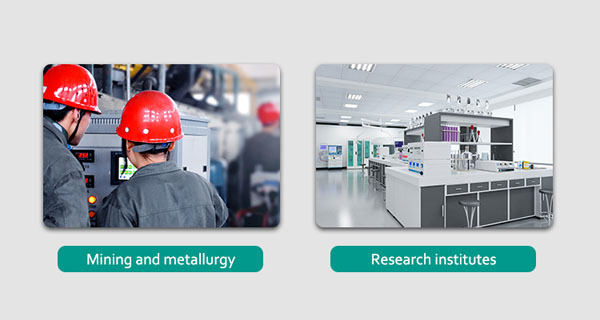
III. Case: High Pressure Stainless Stirred Reactor in Petrochemical Industry
A. Background
In the petrochemical industry, the synthesis of high-density polyethylene (HDPE) is a crucial process. HDPE is widely used in applications such as pipes, containers, and packaging materials due to its excellent mechanical properties and chemical resistance.
B. Application of High Pressure Stainless Stirred Reactor
To synthesize HDPE, a high pressure stainless steel reactor is utilized. The reactor allows for the controlled polymerization of ethylene monomers under high pressure and temperature conditions, resulting in the formation of HDPE. The precise pressure control ensures the desired molecular weight distribution, which affects the final product’s mechanical properties. Furthermore, the stirring mechanism promotes thorough mixing and heat transfer, enhancing the reaction kinetics.
C. Benefits and Impact
The use of high pressure stainless steel reactor in HDPE synthesis offers several advantages. It enables the production of HDPE with tailored properties, allowing manufacturers to meet specific application requirements. The controlled reaction conditions ensure consistent quality and minimize the formation of undesirable by-products. Moreover, the reactors’ robust construction and safety features ensure reliable and safe operation, minimizing the risk of accidents and downtime.
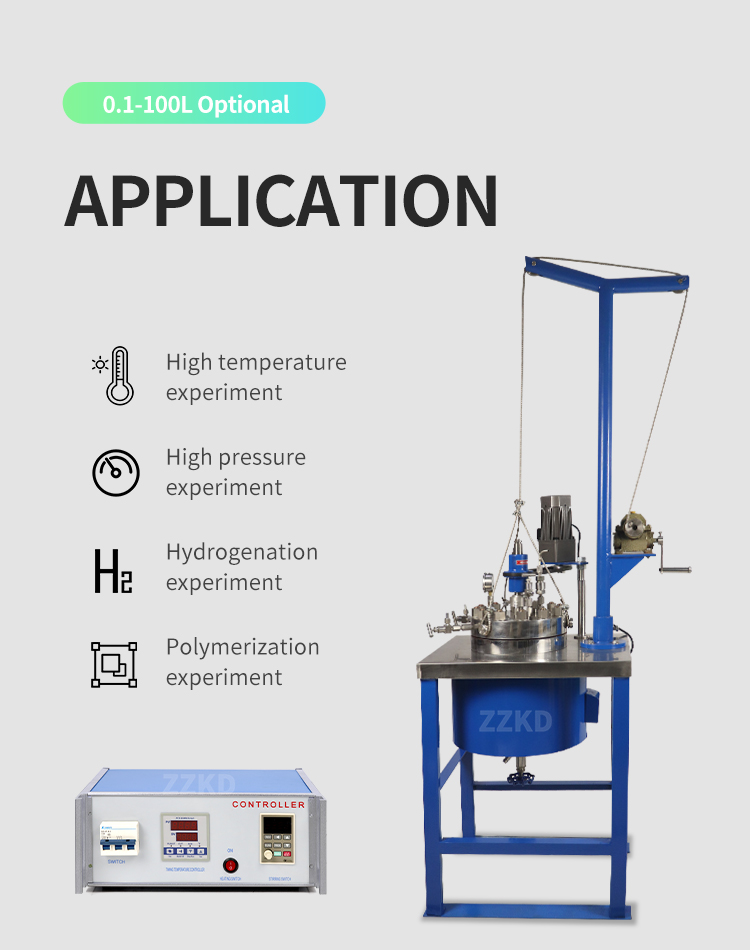
V. Advantages of High Pressure Steel Reactor
High pressure stainless steel reactors offer several notable advantages in chemical processing applications:
1. Enhanced Safety: High pressure stainless steel reactors incorporate advanced safety features such as rupture discs, pressure relief valves, and interlocking systems to ensure safe operation and prevent potential accidents.
2. Temperature Control: Reactors provide precise temperature regulation through efficient heating and cooling systems for accurate reaction temperature control. This level of temperature control ensures optimal reaction conditions, improves product quality, and enhances the reproducibility of results.
3. Corrosion and Contamination Resistance: Stainless steel construction in reactors prevents corrosion and contamination risks, ensuring product purity.
4. Easy Maintenance and Cleaning: High pressure stainless steel reactors are designed for easy maintenance and cleaning. Their smooth surfaces and accessible design allow for efficient cleaning procedures, reducing downtime between reactions and ensuring the integrity of subsequent experiments or production runs.
5. Versatility and Adaptability: High pressure stainless steel reactors offer versatility in accommodating a wide range of chemical reactions and processes.
6. Longevity and Reliability: The robust construction and corrosion-resistant properties of high-pressure stainless steel reactors contribute to their longevity and reliability.
Enhancing productivity, reliability, and safety, these reactors become indispensable tools in various industries’ chemical processes.
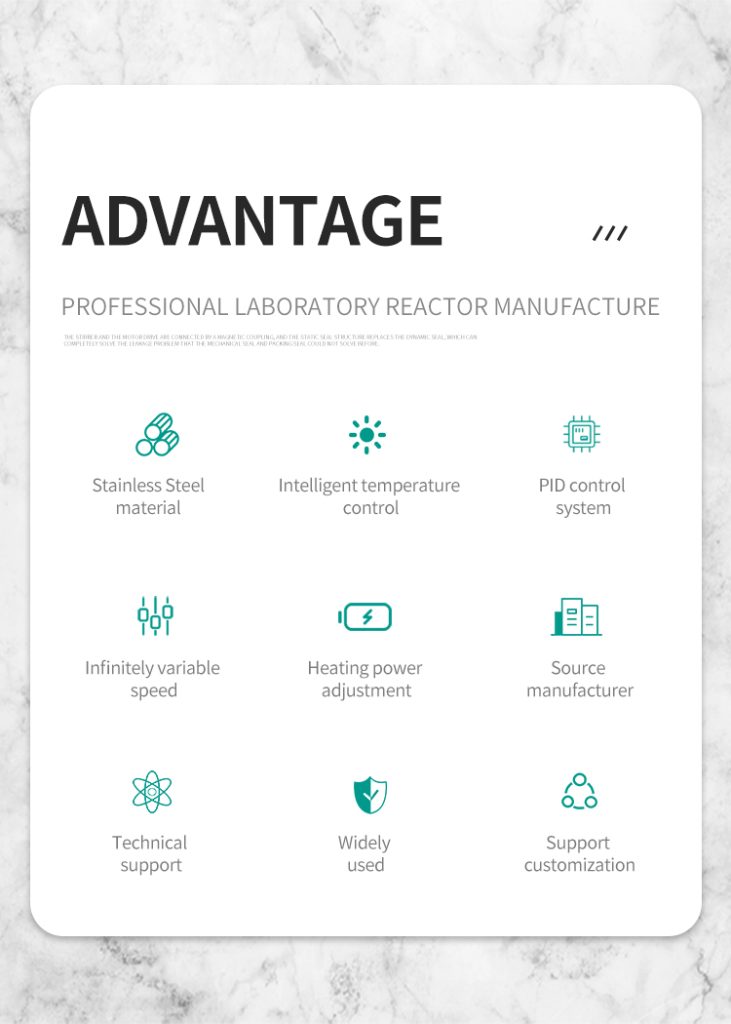
High pressure stainless steel reactor are indispensable tools in the realm of chemical processing. Their ability to handle high pressures, resist corrosion, and provide efficient mixing and heat transfer make them ideal for a wide range of applications. From hydrogenation and catalytic reactions to polymerization processes and supercritical fluid extraction, these reactors play a pivotal role in advancing chemical manufacturing. As technology continues to evolve, high pressure stainless steel reactor will continue to enable breakthroughs and drive innovation in the field of chemical engineering.
